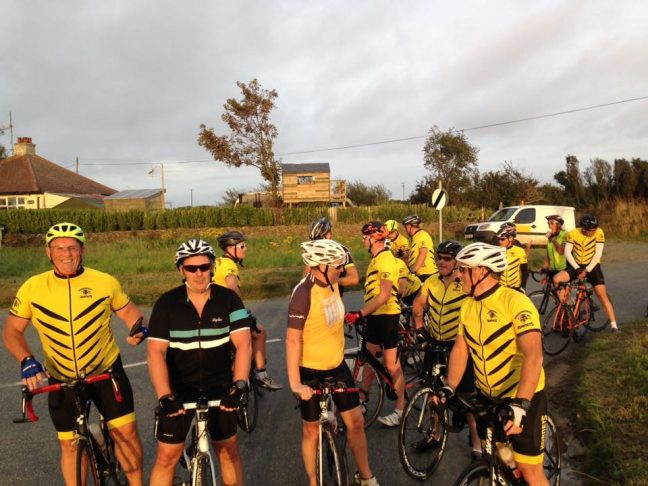Winter has fallen on us quickly this year and for many cyclists, riding to and from work, or simply riding for leisure has to be done in poor visibility conditions. Below we’ve listed some of the most important things to check over on your bike to ensure your cycling can be carried out safely.
1. Check your lights
Your lights are an extremely important part of your visibility on the road, so make sure they are all working correctly. It might be worth fitting new batteries if you’ve not used them over the summer. Many of you will also have lights that clip on to your bags, so ensure that these are in place again now the nights are drawing in.
2. Check safety gear
Unfortunately, the dark nights and poor visibility that the winter weather brings, makes you more vulnerable to an accident, so ensure all the safety gear you own is in top shape, particularly your helmet.
3. Check your brakes
Stopping distances can increase in wet conditions as often the water effects the friction between the brake shoe and the wheel rim. It’s vital that your brakes work as well as possible when dry to ensure maximum
4. Check your reflectors
Reflectors may be an overlooked technology but they can certainly help improve your visibility, particularly from side on if places in the spokes. If you have them give them a good clean to ensure maximum reflecting.
5. Check your clothing
Make sure you are wearing appropriate clothing for the coming winter nights. Brightly coloured, high visibility jackets are brilliant for ensuring you stay visible, and often these will include reflectors. You may also want to ensure that your clothing is warm enough, and waterproof, so you don’t get cold and wet. Being uncomfortable on your bike may effect your concentration.
6. Check your tyres
You may have used slick tyres throughout the summer to help reduce friction, but with wet weather all over the country now for the next few months, it’s probably best to change to something a little more substantial to ensure maximum grip on the wet surfaces you’ll be cycling on.
7. Fit your mudguards
Mudguards are not only good for keeping you clean, but they also ensure the brakes and gears see a little less mud and water, so having these fitted is useful for safe riding too. Locking gears and brakes are extremely dangerous and can lead to cycling accidents.
8. Check and plan your routes
The low light conditions you’ll be traveling in over the next few months may increase the danger of your usual route, especially if you travel on unlit roads. Check over your route when out in the car and see how safe it will be to ride along it in the dark. Remember there will always be a safer alternative!
We are organising club winter rides every Thursday evening. Check out https://haverfordwesthornets.com/ridesandevents/






















